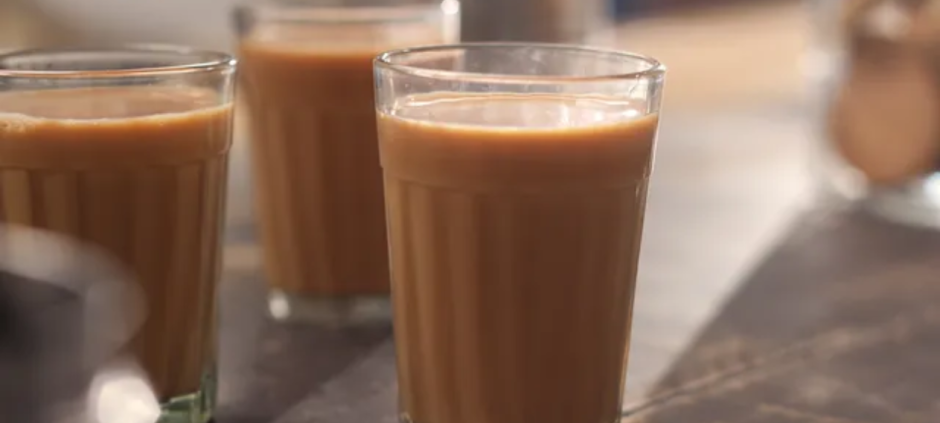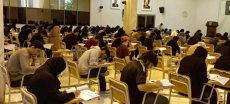The Pakistani government has set a new minimum retail price for tea at Rs1,200 per kilogram in an effort to regulate the domestic market amidst ongoing inflation. This adjustment was confirmed by the Federal Board of Revenue (FBR), which noted that the new price will apply to both imported and locally supplied tea. Additionally, sales tax will now be calculated based on this revised price, meaning that if tea is sold above this minimum, the tax will correspond to the higher price.
However, sources within the FBR warn that this price hike could lead to further increases in retail prices for tea, placing additional financial strain on consumers.
In terms of broader economic conditions, Pakistan’s annual inflation rate increased to 7.2% in October, largely driven by rising food prices. Despite this increase, there are signs that underlying inflationary pressures are easing, which might provide an opportunity for the State Bank of Pakistan (SBP) to cut interest rates in their upcoming monetary policy meeting.
Also Read: Pakistan to Reveal November Petrol and Diesel Prices Today
Recent data from the Pakistan Bureau of Statistics (PBS) indicated that inflation exceeded market expectations and the government’s projected range for November, which was set at 6% to 7%. The SBP’s current interest rate stands at 17.5%, a decrease from 22%, but still significantly higher than the inflation rate.
Deputy Prime Minister Ishaq Dar remarked on the interest rates, suggesting that they should not remain at 17.5% given that inflation is reported at 6.9%. He indicated that a significant rate cut is feasible to manage inflation expectations.
Finance Minister Muhammad Aurangzeb expressed caution about the high-interest-rate environment, emphasizing that the final decision lies with the central bank. Analysts are predicting at least a 2% cut in the upcoming meeting, with some even speculating about a more substantial reduction.
Dar also noted that the Pakistani rupee is undervalued at Rs278 to the dollar, arguing that it should align closer to Rs240 to reflect the true economic fundamentals. This overvaluation is believed to contribute to inflation and exert pressure on fiscal resources.
For the current fiscal year, the government has set an inflation target of 12%, while the International Monetary Fund (IMF) forecasts it to reach 9.5% by the end of the fiscal year. Monthly inflation saw a rise of 1.2%.
Core inflation, excluding energy and food prices, has slowed to 8.6% in urban areas, suggesting some relief from underlying inflationary pressures. In rural areas, core inflation decreased to 11.7%, positioning it nearly 8% below the policy rate.
Urban inflation has stabilized at 9.3%, while rural inflation increased to 4.2%. The PBS reported a 2.7% rise in urban food inflation, with a smaller increase of 0.6% in rural areas. Prices for perishable food items surged by 16% annually, particularly due to increases in the costs of onions, vegetables, and fruits, while non-food inflation declined, driven by a 34% drop in wheat and wheat flour prices.
Gas charges continue to be a concern, rising 319% compared to the previous year, alongside a 169% increase in motor vehicle taxes.
Despite the fluctuations, the average inflation rate for the first four months of the fiscal year (July-October) has dipped to 8.7%, remaining below the government’s annual target of 12%. However, urban areas continue to face higher inflation, averaging 10.8%.











